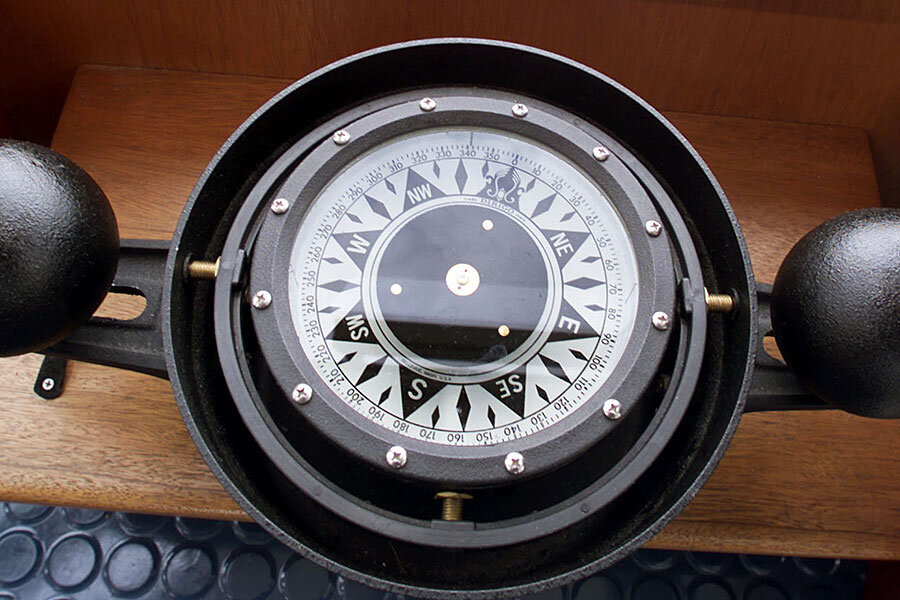Did our planet once have more than two magnetic poles?
Loading...
The Earth as we know it would be very different without its magnetic field.
Generated by the movement of molten iron within the Earth’s core, the geomagnetic field emanates into space, creating a magnetosphere that acts as a shield for our atmosphere, for instance, by protecting the Earth from solar winds that would tear up the ozone.
And while the Earth's magnetic field is complex, most of us take for granted that this vast, invisible planet-protector is situated along an axis running approximately from the North Pole to the South Pole, in what scientists call a dipole field.
A paper published this month, in Geophysical Research Letters, however, paints a radically different picture of the ancient Earth's geomagnetic field, suggesting that at one point, 500 million to 1 billion years ago, Earth had multiple poles.
"What I found was a surprising amount of variability," said scientist Peter Driscoll of Carnegie Institution for Science's Department of Terrestrial Magnetism in a statement. "These new models do not support the assumption of a stable dipole field at all times, contrary to what we'd previously believed."
Tracking the history of an invisible field over billions of years is less impossible than it sounds. Indicators for how the magnetic field functions are found in the earth itself.
Humans first began to understand the planet’s magnetization by noticing the position in which magnetic minerals naturally occurred. Thousands of years ago, Chinese scholars found that there was a north-south orientation to the way that magnetic materials were found. They harnessed this finding for early compasses.
In 1600, English scientist William Gilbert put this geological finding in context: he theorized that the Earth has a magnetic field along a north/south axis.
But there is an exception to this apparent fact of nature: at one point in the geological record, some 600 to 700 million years ago, these mineral traces appear not to behave as they would have in a traditional dipole world, aligning north to south. The record shows "bizarre fluctuations," says Driscoll.
By why? And why at that specific moment in history?
Driscoll attempted to address this question by looking deeper into the earth – right to its inner core, which produces one of the dynamic forces that forms the magnetic field. Driscoll created models which track 4.5 billion years of the earth's thermal history, essentially mapping out the evolution of the earth's inner core.
What he found is that around the same time as the magnetic abnormalities in the geological record, the Earth’s molten core was beginning to harden, and the planet's magnetic field may have changed as a result. Instead of a strong dipolar field, these changing core dynamics potentially created numerous poles and a weakened magnetic field around the earth.
This period would have occurred between 500 million to 1 billion years ago, during the Neoproterozoic Era, writes Popular Mechanics. The finding appears to match geological record, which registers the fluctuations in magnetic materials around 600 to 700 million years ago.
And once the core solidified, somewhere around 650 million years ago, Driscoll proposes, the dipole structure returned.
More research and comparison with the geological record is needed to confirm Driscoll's findings, but this study may spark others that help us understand both the ancient earth and the modern one.







